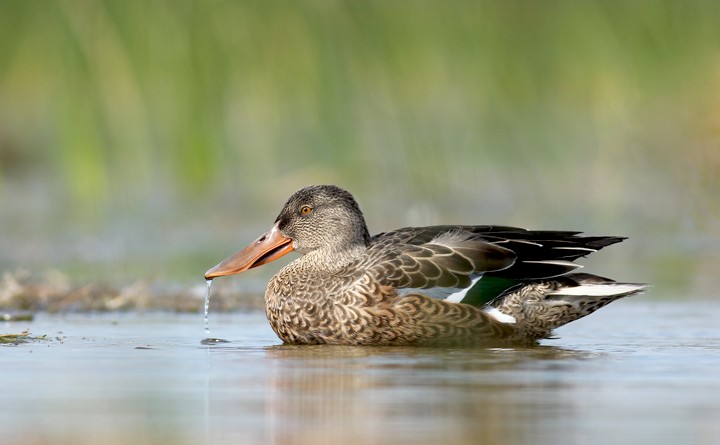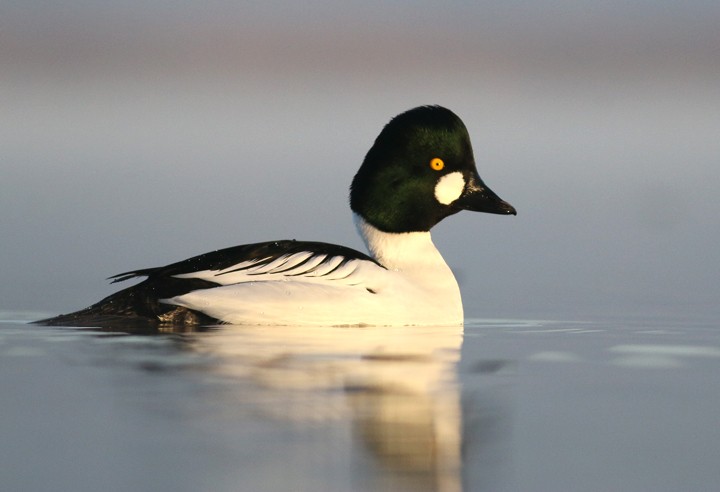Charger images
Les formats d'image autorisés sont de type jpeg, png ou gif
La taille maximale du fichier doit être de 20MB



Lake Ptuj is with its 346 hectares the largest Slovenian lake. It is very important for wintering and migrating birds.
Lake Ptuj is very important for wintering birds and also represents an important resting place for migratory birds. Many duck species can be observed on the lake – from Garrot à oeil d'or and Canard pilet to the rare Fuligule milouinan and Harelde boréale. Occasionally the Macreuse noire and Macreuse brune. Lake Ptuj is the most important wintering place for the Harle piette in Slovenia, who can often be accompanied by the Harle bièvre and rarely the Harle huppé. The diversity of gulls is especially high at the time of migration. The Grèbe castagneux, Grèbe huppé and Grèbe à cou noir can regularly be observed here, whereas the Grèbe jougris is rarely to be seen. In winter time we can also spot the Plongeon arctique and Plongeon catmarin. Flocks of Grand Cormoran, in which Cormoran pygmée is frequently present, sit on various structures on the lake. Many fields that are surrounding the lake give us the possibility to observe various birds bound to this type of habitat as well. In addition to the Sterne pierregarin, the artificial islands on the lake also represent the nesting ground for a large Mouette rieuse colony and individual pairs of the Mouette mélanocéphale.
You get off the train at the Ptuj train station. To get to the lake you have to go towards river Drava, which we crossed a few moments before with the train. By passing an avenue and going through a smaller park we reach the river bank. We continue west, past a round tower towards the pedestrian bridge. You cross the bridge and begin your walk around the lake (10 km) on an embankment. If you visit the lake in a spring or summer morning, your walk should start on the left side of the lake, due to light conditions.
In spring various species of orchids grow on dry meadows that can be found on the southern side of the embankment, among which the three-toothed orchid and the pyramidal orchid are the most numerous.
Votre feedback sera transmis à l’auteur.rice de cette zone et à l’équipe éditoriale de Birdingplaces, qui l’utiliseront pour améliorer la qualité des informations. (Vous souhaitez publier un commentaire visible en bas de page ? Fermez cette fenêtre et choisissez l’Option 1 : « Publier un commentaire, un conseil ou une observation ».)
Veuillez fournir des suggestions d'améliorations ou d'ajouts au texte de ce site ornithologique.
Veuillez fournir vos suggestions d'améliorations ou d'ajouts à la carte.
Veuillez fournir des suggestions d'améliorations ou d'ajouts à la liste des oiseaux.
Cliquez sur l'icône de l'oiseau () Insérez les noms d'oiseau dans votre langue. Ils seront automatiquement traduits pour les autres usagers !